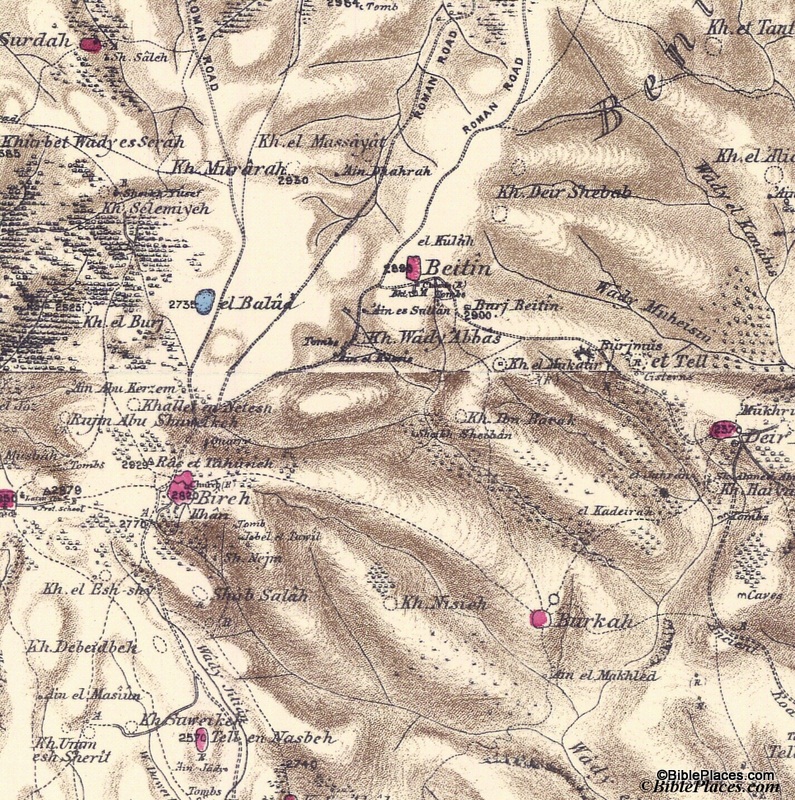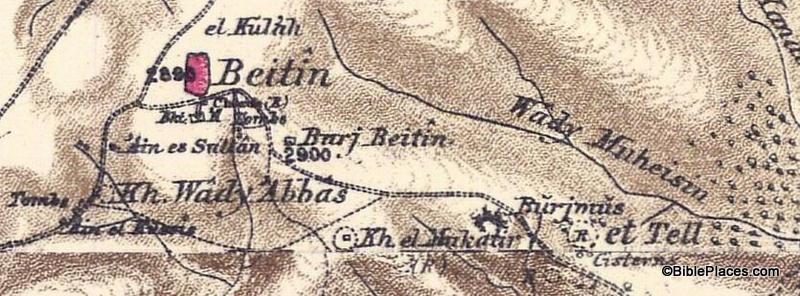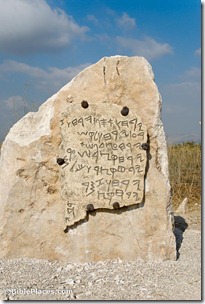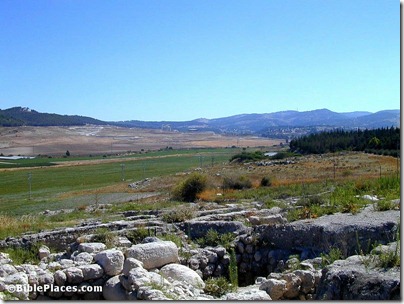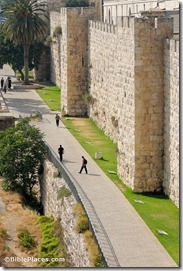I’ve used Todd Bolen’s Pictorial Library of the Bible Lands collection for several months. I’ve tried it with Bible classes, history classes, sermons, etc. and my conclusion is…
Wow.
I posted on the new expanded set a few months ago before I had actually obtained it. It was clearly a useful product. Now that I’ve used it, I can’t imagine life without such a valuable, enriching tool.
The Pictorial Library set includes some 17,500 photos of nearly everything you could imagine in the Bible Lands. For me, the best part is the 400+ PowerPoint presentations included with the set. The PowerPoint files contain all of the photos ready-to-go. They are organized by location and contain great slide notes that inform and complete your presentation.
You can read all of Luke’s assessment at his blog.
You can learn more about the new Pictorial Library of Bible Lands here, download a free PowerPoint presentation of Caesarea here, and place an order here. Individual volumes cost $24-$39. The complete set of 18 volumes is now marked down to $389 (a 35% discount). Larger discounts are available for upgraders.

